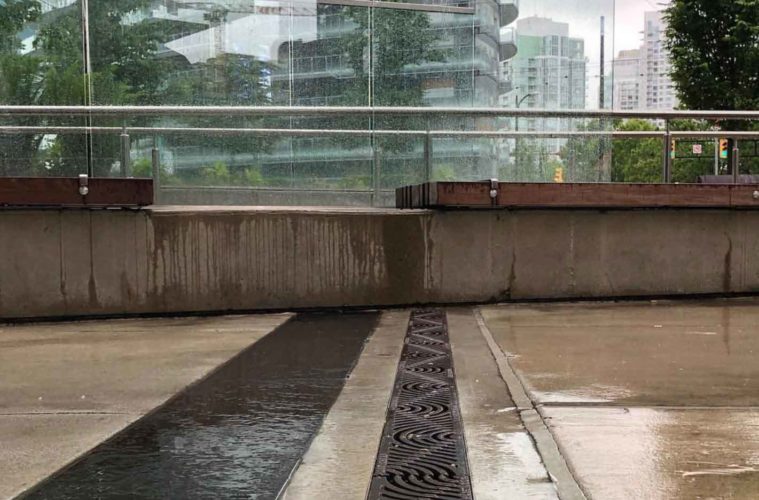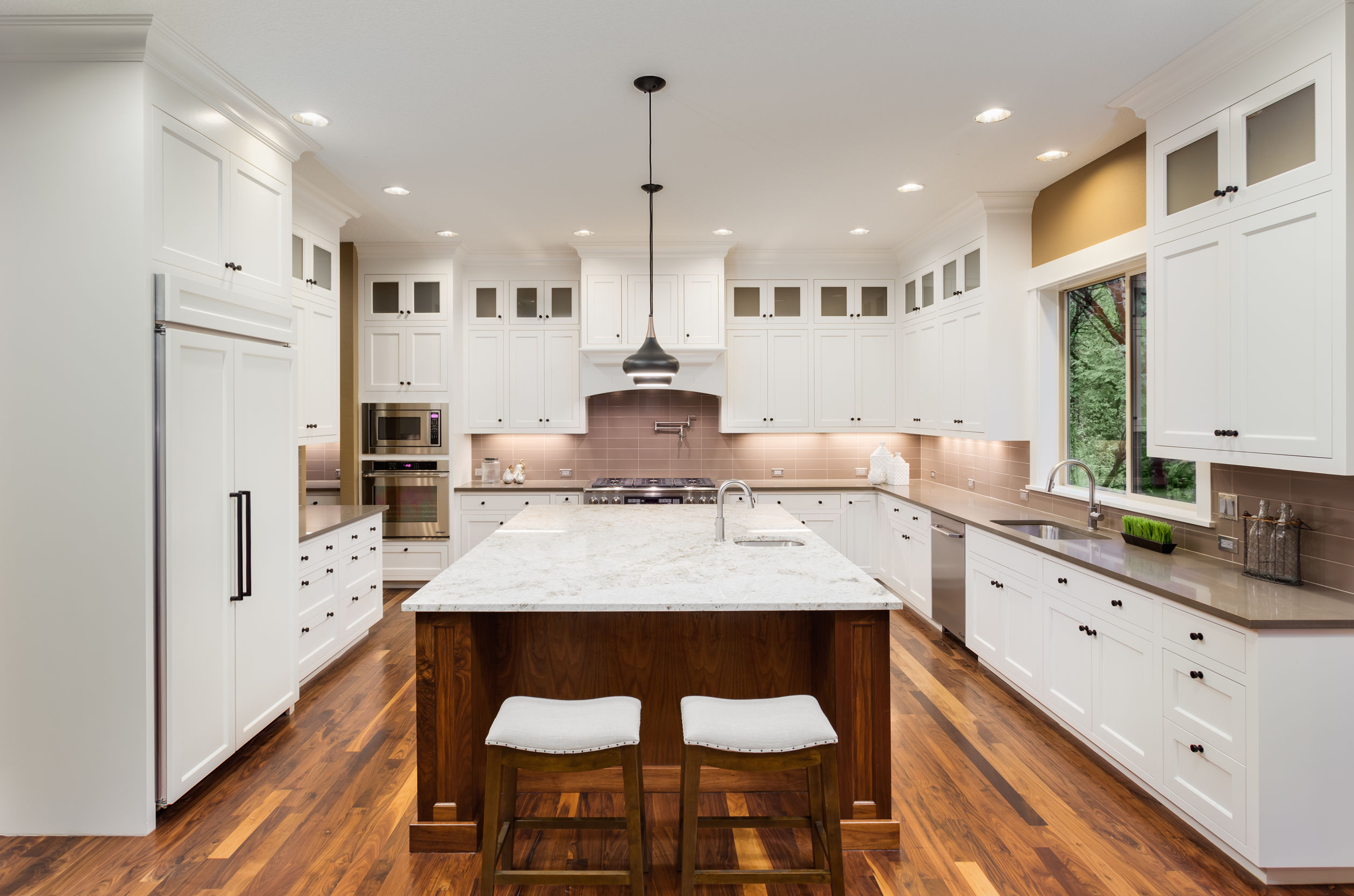Excess water in outdoor areas is a problem that needs to be nipped in the bud, and fast. Flooding is an issue that lots of residential and commercial locations experience but thanks to technology and modern solutions, we now have a fix which can curb such problems.
That solution is known as the trench drain. Maybe you’ve heard that one before and would like to consider applying the solution to your home. Firstly, be aware of how this drainage method works through this helpful article.
Quick Overview of the Trench Drain
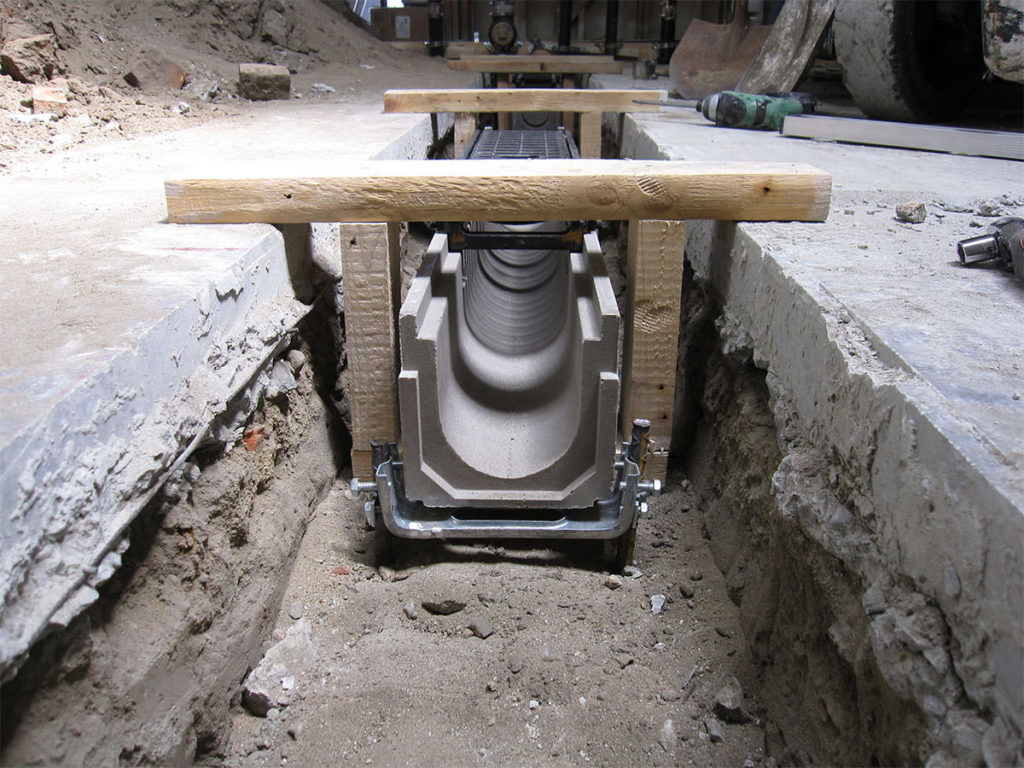
So, what is a trench drain exactly? This technology is used to provide an extended surface for the water to withdraw from a particular area, like the sidewalk, the driveway or simply any spot around your home where water tends to gather.
The trench drain simply is a type of gutter which is laid out in the ground. This is a solution used to safeguard areas frequently facing erosion issues that slows down circulating water and redirecting said water to another location.
Trench drains are also used together with sump pump systems to take away water from lowland locations or direct the water into a rain garden or any bio-retention facility. It is also recommended for gentle slopes to manage runoff.
How Does a Trench Drain Work?
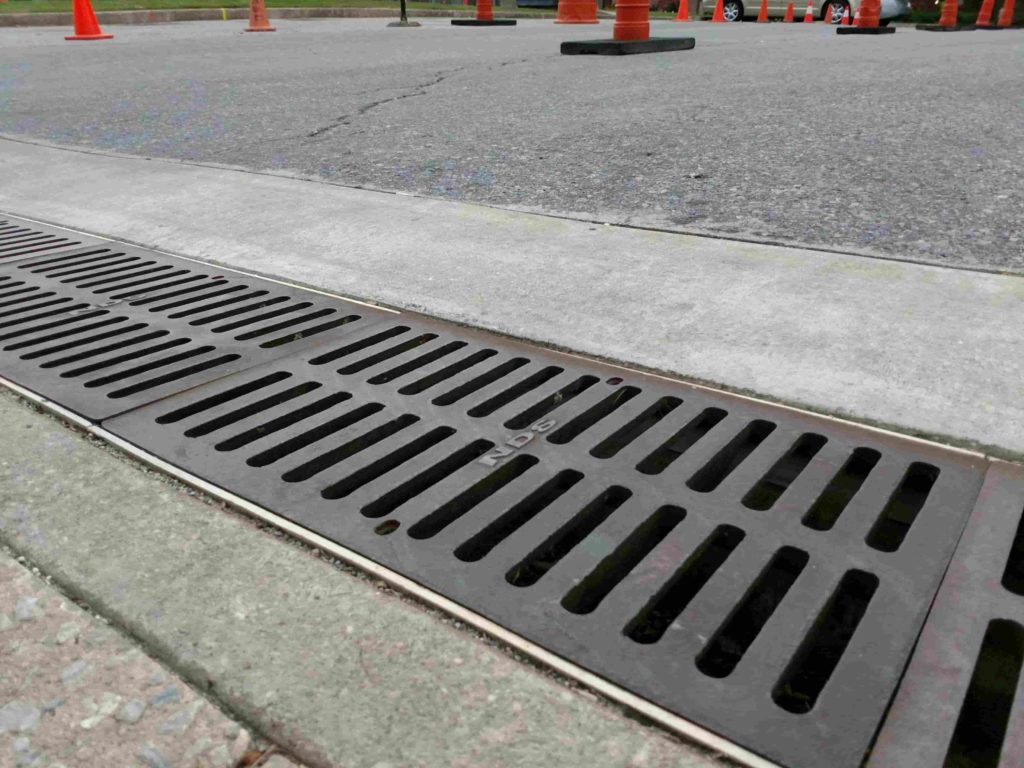
Trench drains engage tilling a lengthy, contracted trench and wrapping it up with a grilled or grated covering. As soon as the drainage method is laid out, the trench drain should be linked to a waterway or a storm sewer to steer water away from the area without doing damage to the surrounding ecosystem.
In order to let water run liberally throughout the grill or grate, the surface area which surrounds the trench drain should be clean and free from obstructions. This technology is either mounted permanently or temporarily. The grill or grate strengths differ as well when it comes to load-bearing capacity. The lightest grate—referred to as Load Class A according to ANSI criteria, can tolerate foot traffic while Load Classes from E to F can tolerate loads of up to 10,000 lbs.
Trench drains are made from a broad selection of materials from plastic, cast-iron, galvanized steel and HDPE. It is crafted from many materials to suit any kind of situation or setting. The kind that you choose will be based on its use. Roadways that require a trench drain of course needs a grate that is strong enough to tolerate high passing loads and still be capable enough to steer water away from the target area. Trench drains can be mounted in a wide variety of surroundings as well from asphalt, concrete, grass, gravel and more.
What is the Difference Between the Trench Drain and French Drain
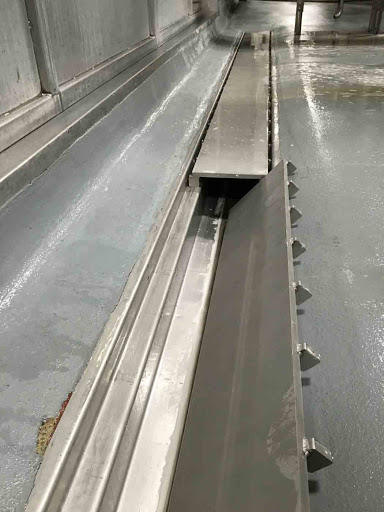
They both sound the same but they should never be used interchangeably for they have their differences. The primary difference between the two is their functions. For one, trench drains are used to quickly take away surface water before it can flood the ground. French drains meanwhile capture and take away water that comes from underground.
Where are Trench Drains Recommended?
This drainage method is typically used for dealing with surplus rain and storm water in concrete locations like driveways, sidewalks and parking lots. Trench drains are typically reinforced with concrete to conceal the drain and prevent debris from clogging it.
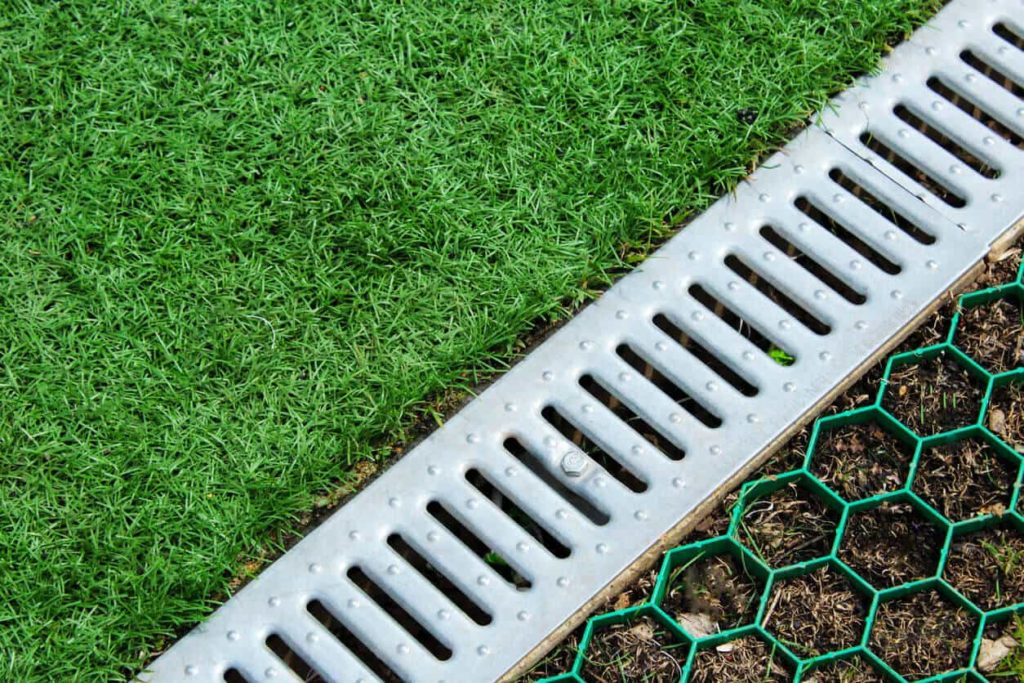
Trench drains are also used all over the edges of pools since they can catch water that trickles down swimmers and guide it to another spot without letting the water gather on areas where you don’t want it to collect.
It is easy to install, and very durable too, thus they are also used for commercial properties and establishments. It works well with entrances, multi-level parking areas, car washes, stadiums, gas stations, hotels, retail establishments and commercial kitchens.
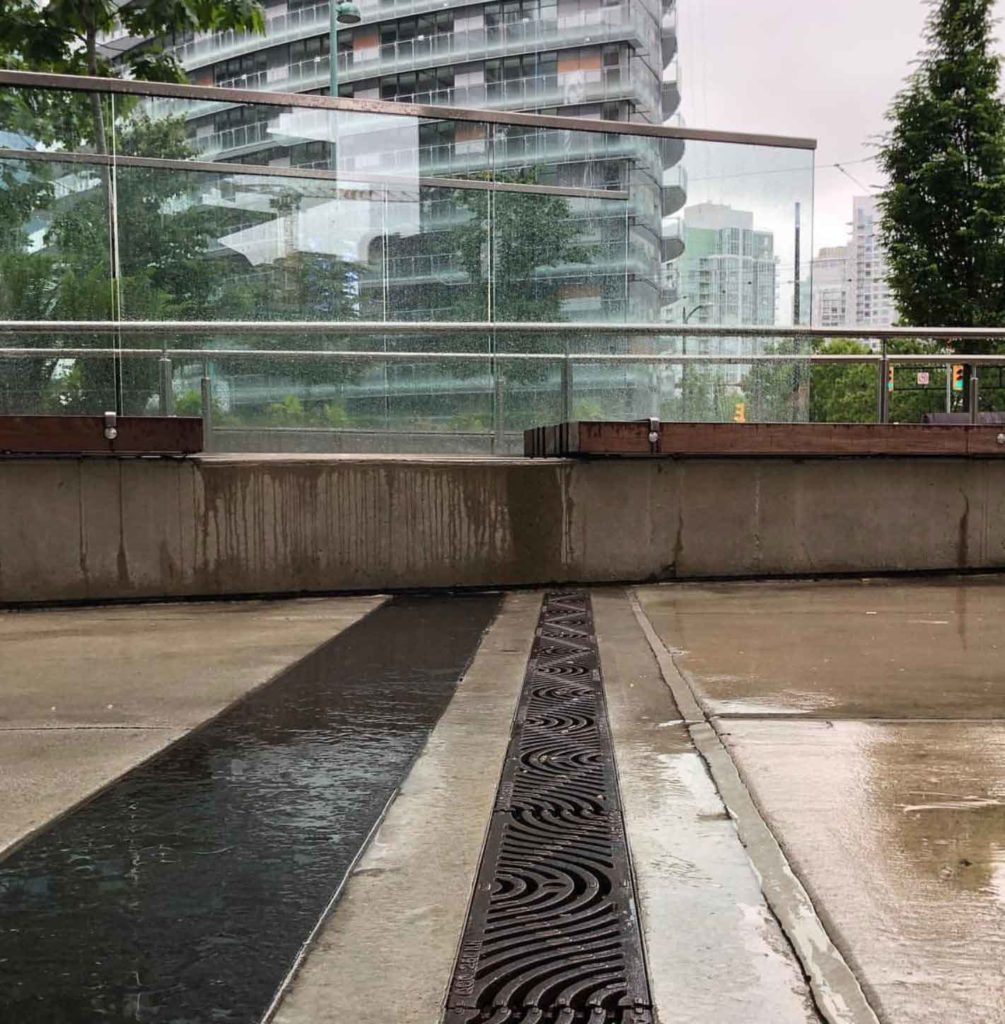
Again, due to the fast and easy installation of trench drains, having one at home to solve flooding problems is a no-brainer. Apart from installing the system in the driveway or the sidewalk, trench drains are also favorable in other spots around the house like the yard, basement, downspouts, pool drains and the like.
The use of a trench drain to take away water from specific areas is a good solution for controlling floods. Unsure if this drainage method is for you? Then hear us out; our team is always ready to provide knowledge and assistance when it comes to such topics. Feel free to contact Extreme Industrial Coatings with your questions about trench drains and other home improvement matters at the architecture designs.

